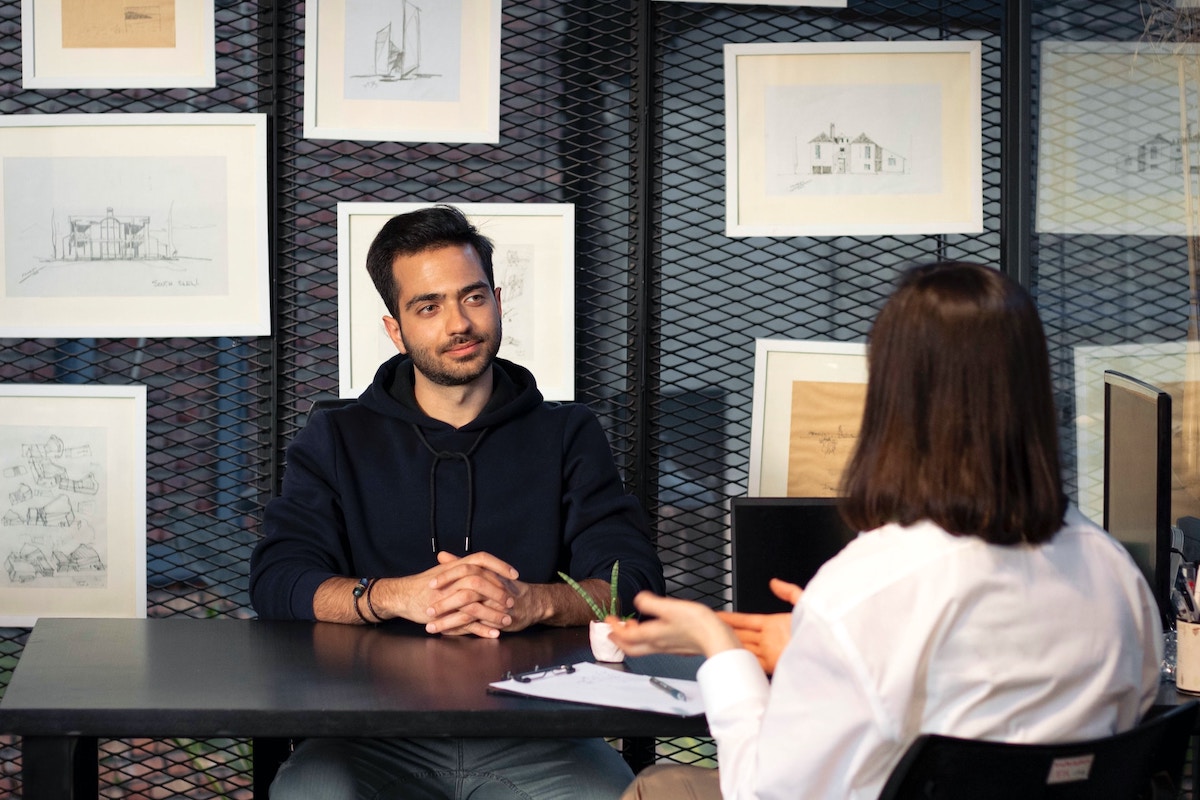Skift Take
Networking breaks and cocktail hours are no longer enough. Business networking at events requires a structured approach that fosters intentional conversations.
We’ve all heard it: Attendees value the opportunity to connect more than ever. However, they’re no longer content to equate networking with cocktail hour. Instead, they want a more structured approach. They want to ensure no one stands alone in a corner by giving everyone the opportunity to have intentional conversations.
The Great Resignation means that many are breaking into new fields with few familiar faces. This is a time when a framework for participation can help even the playing field. Trivia games and icebreaker questions are some of the tricks of the trade for striking up conversations. But can we also create room for the education, mentorship, and professional development that so many need right now?
Birds-of-a-Feather activities and roundtable discussions may be a solution. Still, predicting which conversation topics will resonate with audiences can be difficult.
One option is to blend technology with collaboration and interactivity. The company that is pioneering this approach is e180 through their Braindate product and service.
The Braindate Concept
Braindate is part tech platform and part consulting service. Attendees use an app to put forward topics of interest and browse the topics put forward by others. When attendees find a good match, they can book one-on-one or group meetings.
Braindate was initially conceived as a kind of social network. Community members could set up ‘dates’ to help share their knowledge and tease out topics of interest. Then in 2013, co-founder and CEO Christine Renaud had the idea of prototyping it for event networking at C2 Montreal. The idea caught on quickly, and over three days, a total of 1,200 braindates were scheduled at the first event.
At the 2023 edition of C2 Montreal held late last month, Braindate was still going strong. Large organizations like the Obama Foundation, TED, Salesforce, and Airbnb have now used the service. Industry events such as PCMA’s Convening Leaders have also incorporated it.
Promoting Active Learning
“We were schooled for 16 to 18 years, and […] oftentimes the default is to go back to what we’ve experienced for all those years,” explained Renaud. “We just replicate that model when we sit down in one big auditorium and listen to one person. The audience cannot talk, and it lasts 45 minutes.”
Braindate stays away from the traditional top-down model of educational sessions at events. Instead, it encourages attendees to actively share their knowledge and seek that of others. “Braindate is really about the hidden potential of your attendees. It’s like having attendees host workshops for free,” added Alina Maizel, Braindate’s chief experience officer.
Additionally, it helps ensure that topics are as relevant and timely as possible. While most event programming is nailed down months in advance, braindate topics can be set up on the fly. This kind of agility is potentially priceless in a fast-evolving professional world.
Managing User-Generated Discussions
The idea of having attendees manage their rotating schedule of one-on-one and group chats may sound daunting to planners. What happens if one braindate runs long, and the next person waiting to meet doesn’t know where their braindate is?
It pays to have staff on the ground, and a carefully orchestrated protocol for keeping everything on track. The team behind Braindate learned this from years of experience, and a few early hiccups.
Beyond a check-in counter, they have a dedicated waiting area for one-on-ones. “We’ll have a piece of furniture to root you — usually a cocktail table where you’re not so comfortable that you’re ready to have a conversation, but you’re also not going to wander off and get a coffee,” explained Maizel. For group braindates, the team sets up numbered tables, where attendees are welcome to start chatting about the topic as they trickle in. “It’s all very intentional,” said Maizel.
Braindate also recommends positioning the lounge in a high-traffic area to increase visibility. Sometimes it’s open continuously throughout the day, as at C2 Montreal. For smaller conferences, it can be limited to strategic points in the agenda to help drive discussion around session content.
In terms of the sign-up process, there’s an app for that. Users can browse topics by interest, or simply by what’s trending. They can then request one-on-one time slots, or register to join discussions that are marked as group meetings.
Keeping Conversations on Track
Some planners might be worried about the discussion running off-topic, but in Renaud’s experience, this is rarely an issue. Braindate should always align with the event’s larger mission, but there is value in maintaining a self-directed experience. “The event’s theme plays an important role in curating the braindate topic creation. But then, some amazing conversations also take place when participants venture off-theme and propose conversation topics that are connected to their hobbies, families or anything unique and personal,” she explained.
To help set the tone, Braindate recommends that a core group of ambassadors pre-populate topics on the platform. Providing a mix of highly relevant topics and some personal ones works best. “We’re multifaceted humans, and oftentimes people who connect over something else that is not related directly to work,” said Renaud. “Any partnership or business relationship is, above all, a relationship between two humans. Making it personal from the outset is crucial.”
At C2, a conference designed to combine creativity and commerce, topics ranged from “How might we determine and celebrate the value of authentic human content in the age of AI?” to “How is Succession going to end?”
Topics that combine the personal with the professional often draw the most attention. In 2015, for example, one of the most popular topics was from a 22-year-old university student: “Ask me my opinion on your product as a millennial.”
Learning From Peers
This format allows attendees to learn from each other and foster mentorships and business connections. Planners also can get a sense of what’s trending. It can also help planners identify influencers by seeing which attendees draw the biggest numbers. There is even an opportunity can test drive ideas by offering braindates around potential future session topics.
Ultimately, it’s about acknowledging the untapped potential in the communities around us. “Everybody who you’re walking past has incredible life experiences that might be just what you’re trying to figure out in your current life,” said Maizel.
Photo credit: Mina Rad / Unsplash





